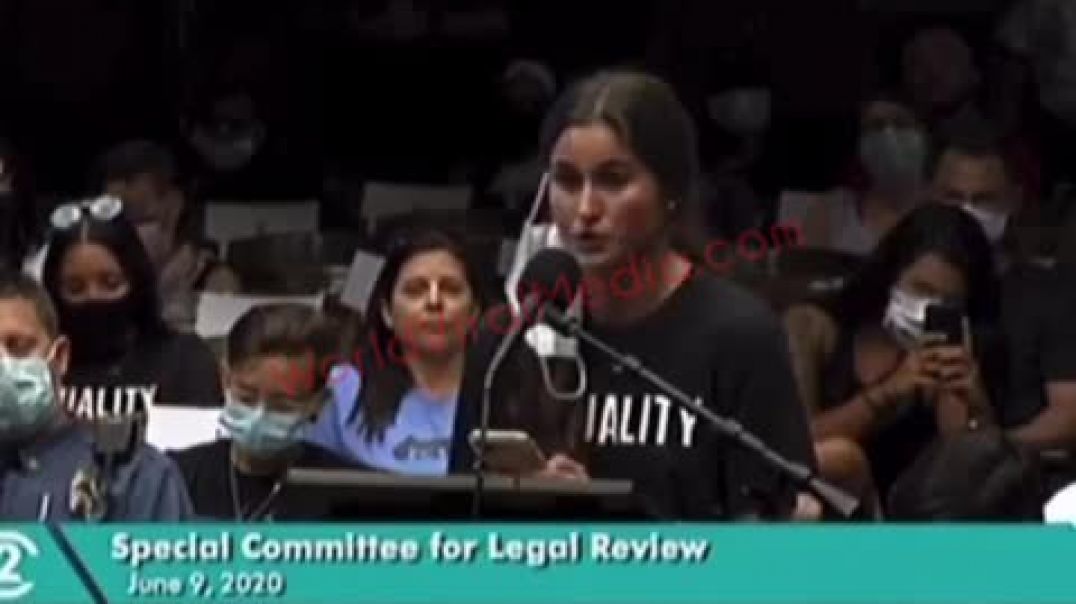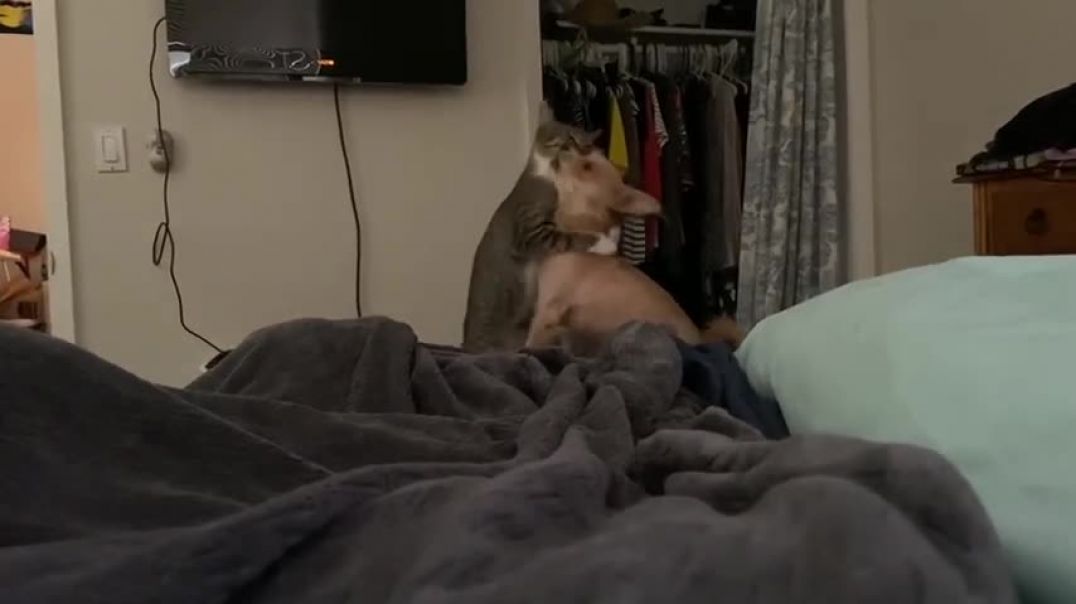Top videos


The Weped SS Electric Scooter is here, and it's one of the fastest electric scooters you can buy. The Weped SS is the next generation of the Weped RR, the popular and highly customized electric scooter from Korea. This is our first video on this fast electric scooter, with many more to come. The Weped SS is comporable to the Dualtron X and the Rion scooters, and we hope to do some comparison videos in the future.
The Weped SS scooter has not been released yet, but you can find the GT50E and soon the SS here: http://bit.ly/buyweped.
Some things that help me ride and create videos:
- Fox Sports Proframe helmet: https://amzn.to/2LOGlm3
- GoPro Hero 7 Black: https://amzn.to/2SplkQh
- 360 Degree camera: https://amzn.to/2RvCYDJ
- DJI Mavic Pro 2: https://amzn.to/2tpXw6t
- Boblbee backpack: https://amzn.to/2DYpE2t
- Motorcycle gloves: https://amzn.to/2saQUIn
#Scooter #ElectricScooter #Weped
Support this channel:
- Visit our Patreon page: https://www.patreon.com/AlienRides
![(iOS 13.6 / iOS 12.4.8) Fast iCloud Bypass [Tutorial]](https://s3.us-central-1.wasabisys.com/worldviralmedia/upload/photos/2020/07/Xf7GWSbI54lTTbZOHBua_26_318b91498702be6a326bb4f41157f7ba_image.jpg)

Apple Tech 752 is Your #1 Resource for Everything iCloud Bypass.
Web: appletech752.com
Twitter: @appletech752
Instagram: @appletech752
Reddit: r/setupapp
SLIVER WORKS BEST ON MacOS HIGH SIERRA OR MOJAVE!
Apple just released 2 new software updates , iOS 13.6 and iOS 12.4.8, so you cannot restore the previous iOS versions anymore. In this video I show the best and most up-to-date method to bypass iCloud Activation Lock on the latest versions of iOS.
This bypass is Tethered, meaning if you restart your device it will need to be re-bypassed. However, if you install a tweak called SafeShutdown you can prevent your device from powering off. And the bypass is very short and simple, so if restart and need to redo the process its super easy.
If you want an UNTETHERED bypass with all apple services or a SIGNAL bypass, then check out the matrix on http://appletech752.com. It lists every iOS device with all the best options.
Good luck everyone and happy bypassing!









![AvenTura - I'm Sorry - [ Con LeTra ]](https://i.ytimg.com/vi/MlD9j469UWE/mqdefault.jpg)

![Latto - Super Gremlin "Freestyle" [Official Video]](https://i.ytimg.com/vi/BipTVzsJMt0/maxresdefault.jpg)








